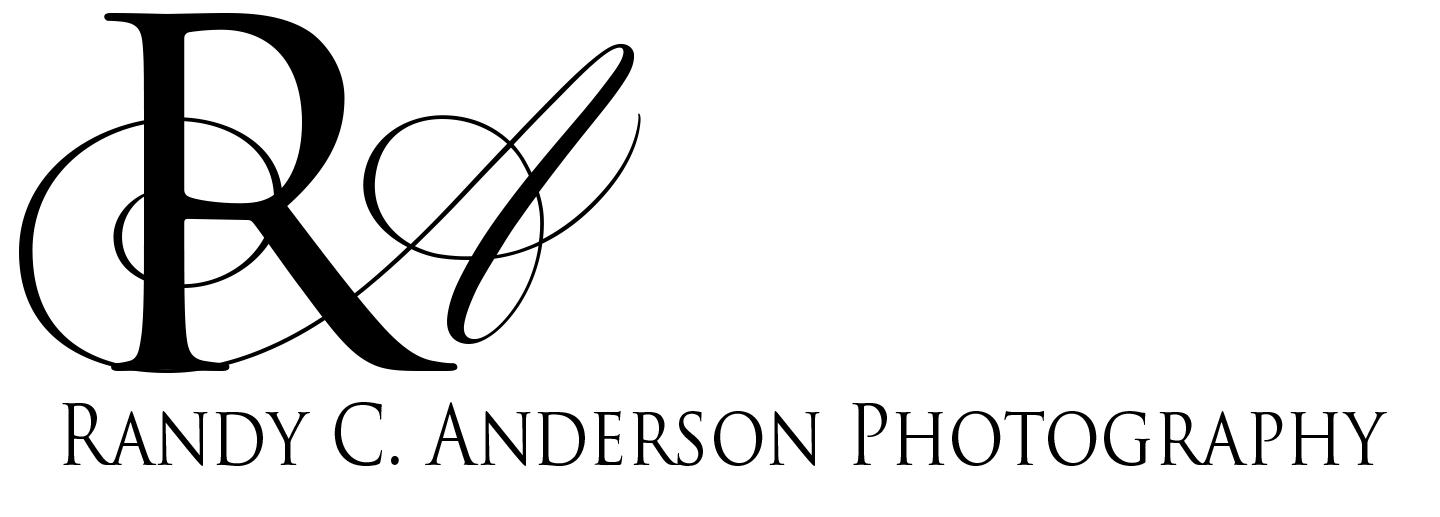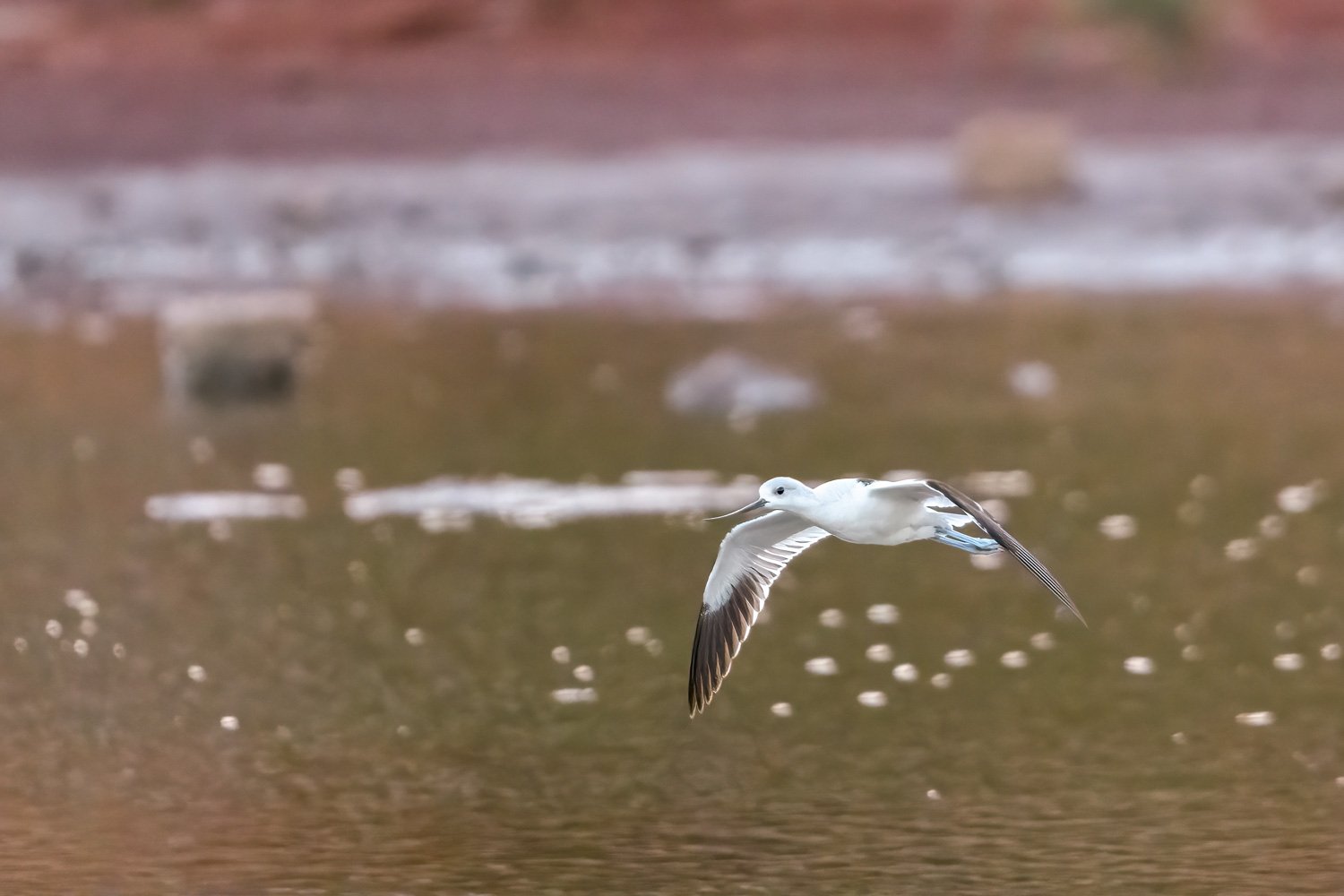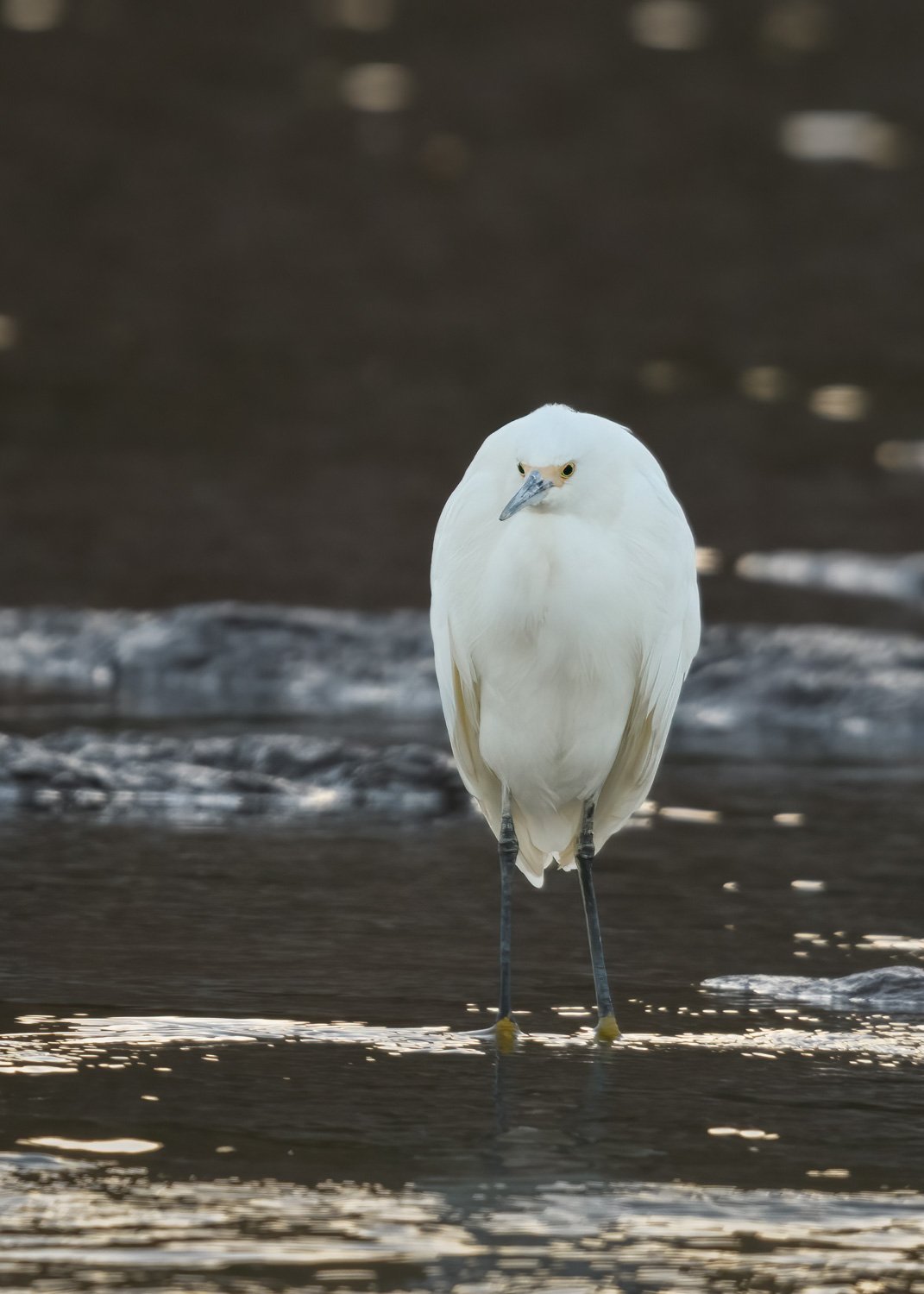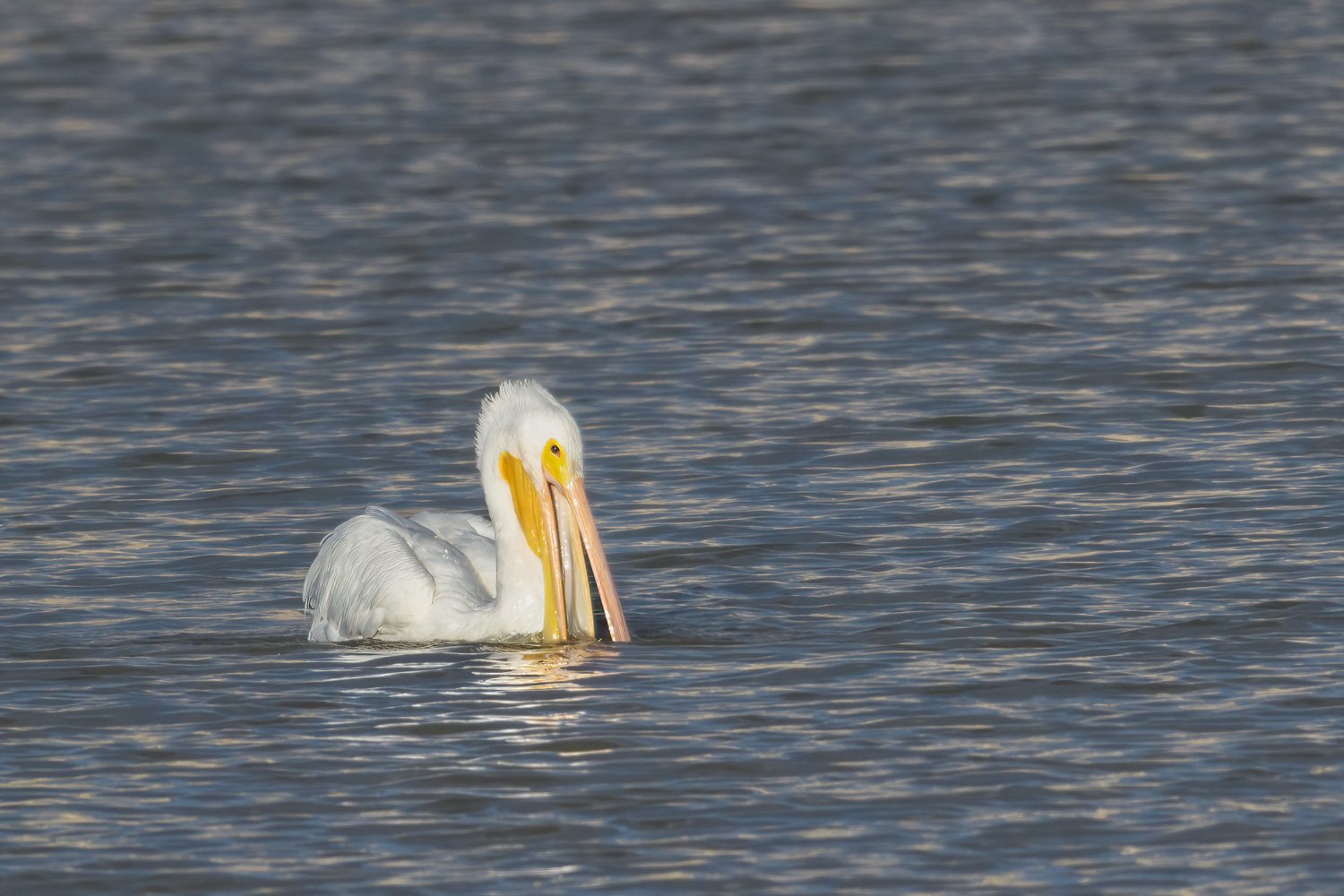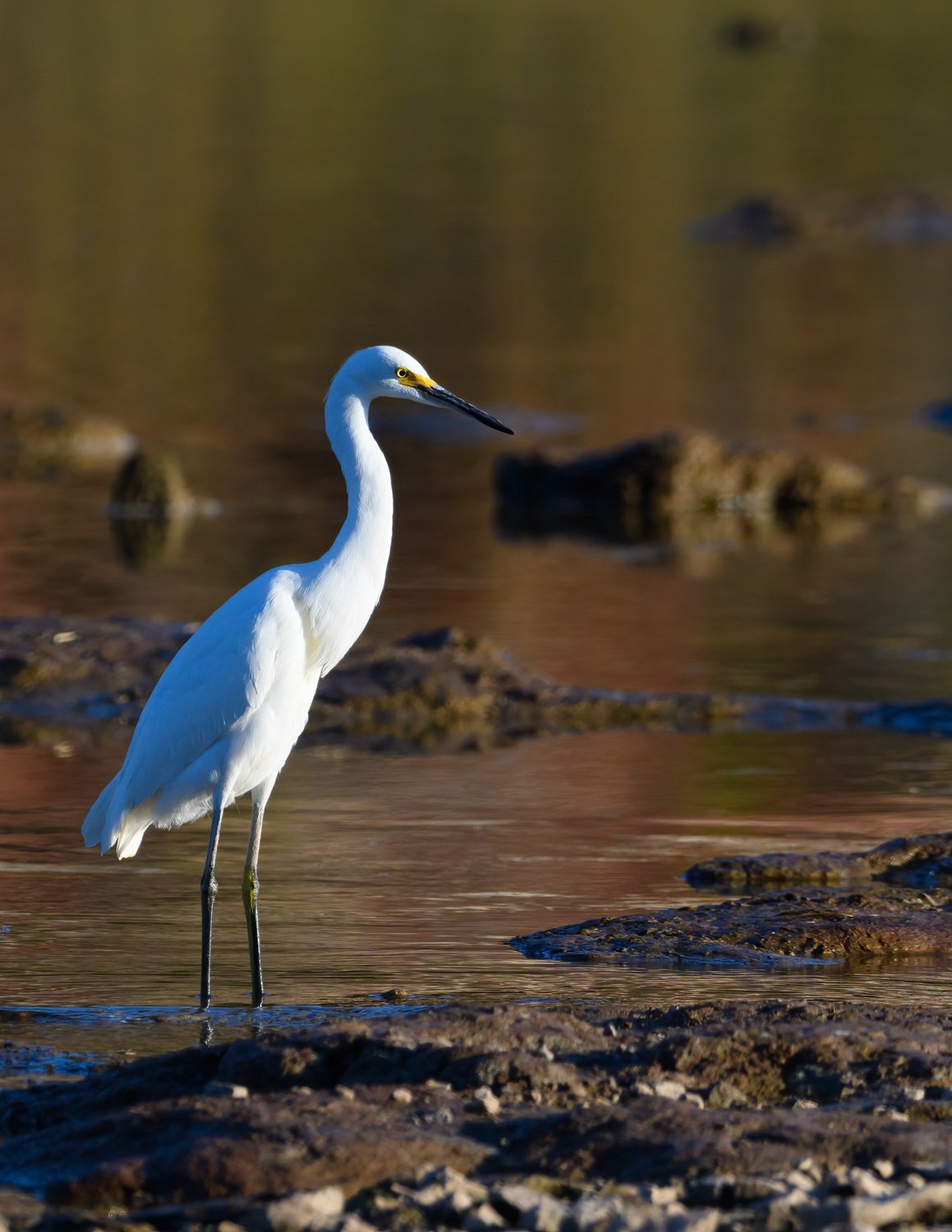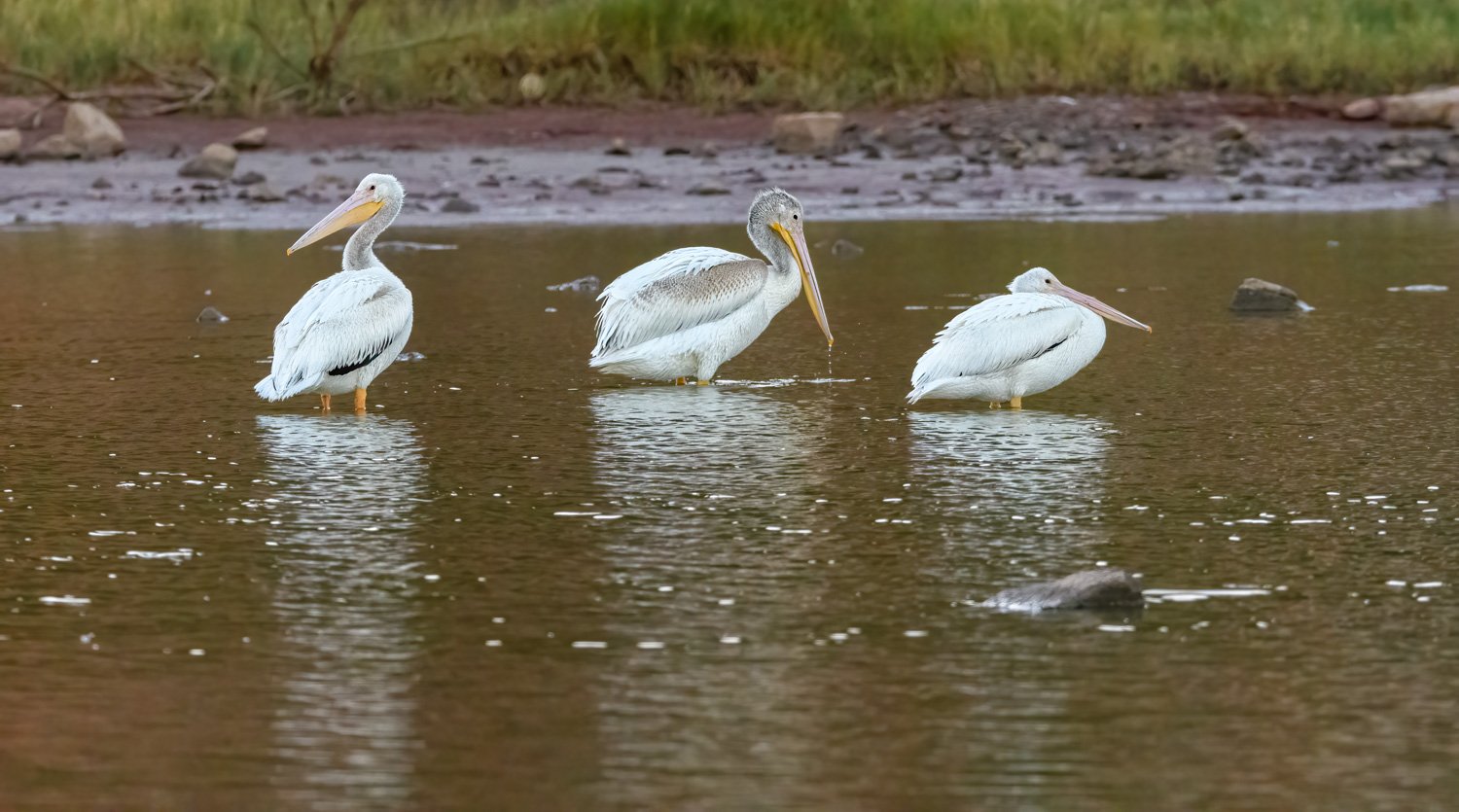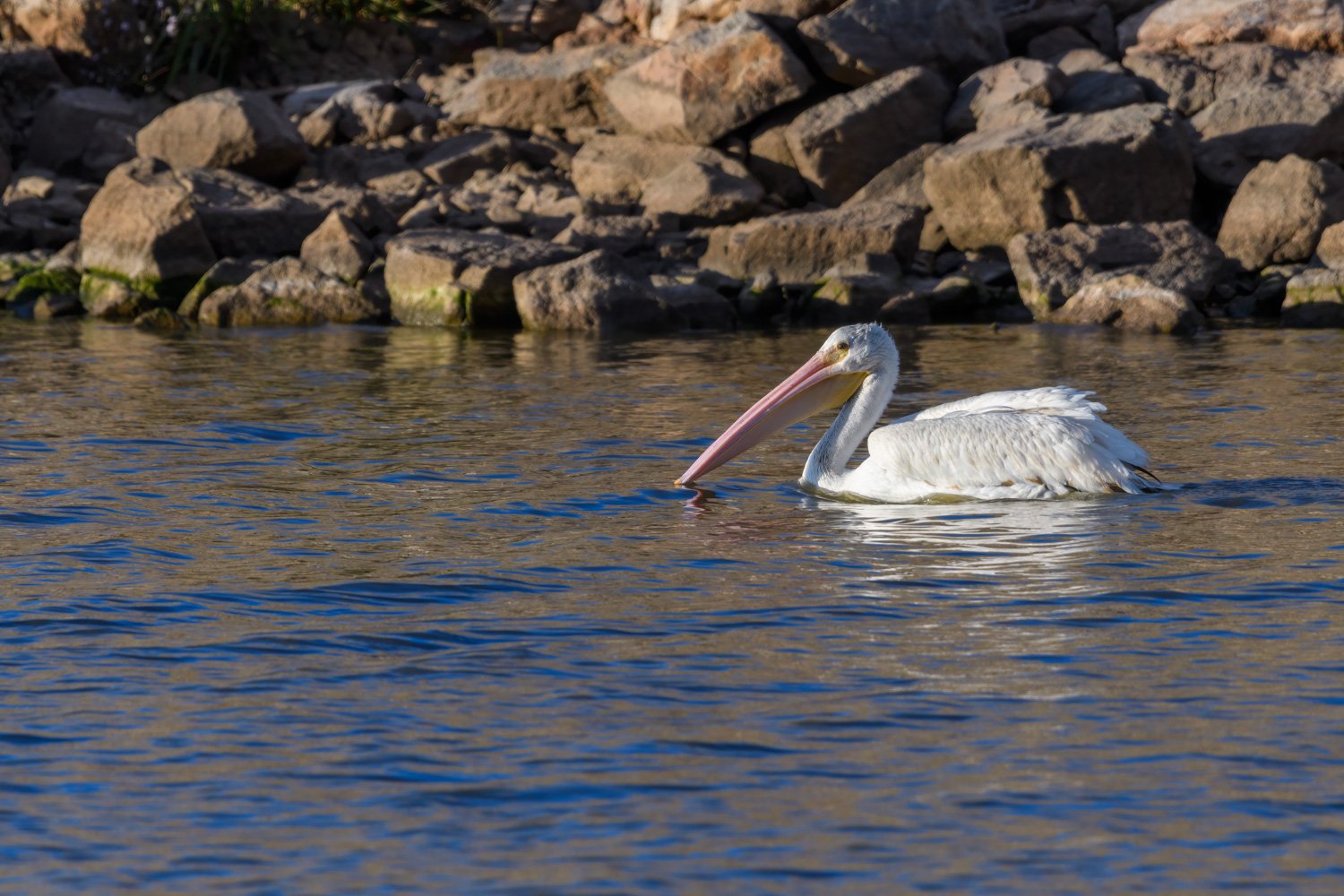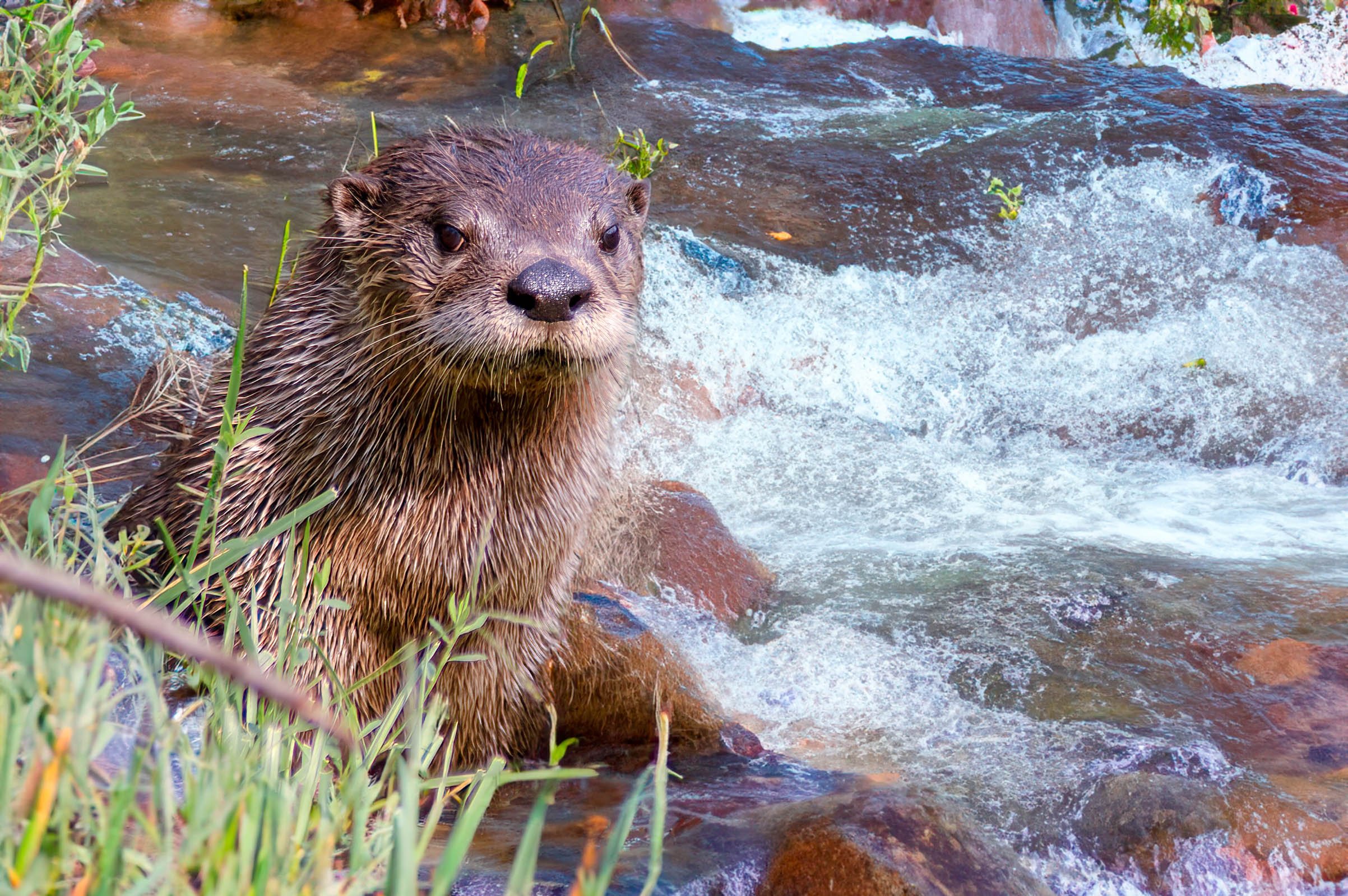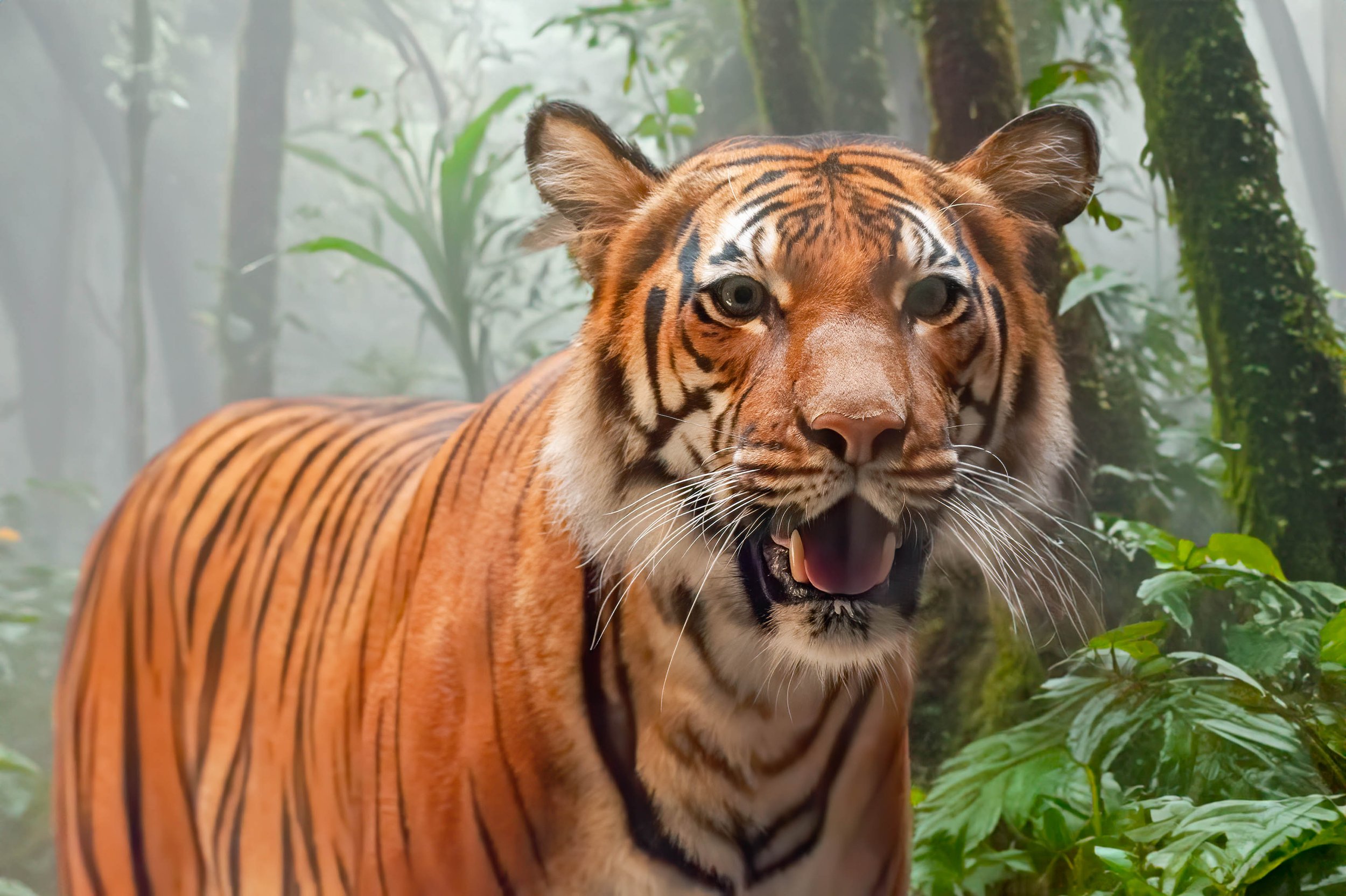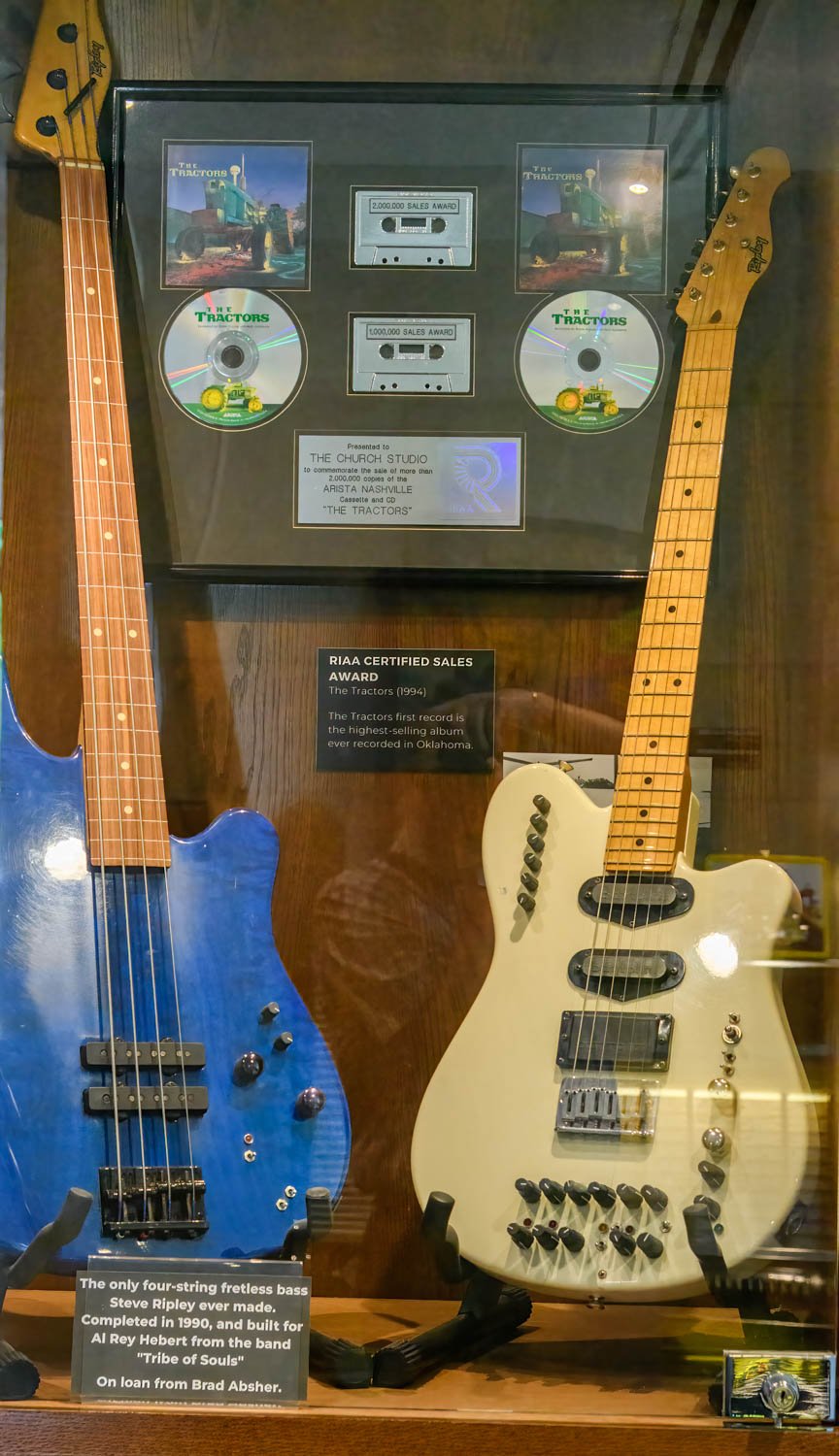Welcome To Randy C. Anderson Photography
Salt Plains State Park & Salt Plains NWR
Over fall break we went to northwest Oklahoma near Jet to photograph migrating birds. We hoped the Whooping Cranes would show up, but they did not. Over four and a half days we enjoyed a bounty of birds including American White Pelicans, American Avocets, Snowy Egrets, Blue Herons, Least Sandpipers, Franjklin’s Gulls, Ring-billed Gulls, Black Vultures, Northern Shovelers, Northern Pintails, Common Mergansers, White-fronted Geese, Snow Geese, Sandhill Cranes, and the usual suspects Eurasian Collared Doves, Red-bellied Woodpeckers, Hairy Woodpecker, Downy Woodpecker, American Crow, Tufted Titmouse, Carolina Chickadee, Great Horned Owl, and a bevy of sparrows. The Salt Plains offers fantastic birding opportunities. If you have never been there check it out!
Photoshop’s Generative Fill
I beta-tested Adobe’s generative fill in Photoshop 25 for many weeks. It works well and they just released an update to version 24 that includes it! It does some amazing things – like replacing a background. The images below have all had their backgrounds replaced using generative fill. Judge for yourself how great a job it does. I believe the secret to getting great results is entering a good description in the generative fill box. The examples below were all done in just minutes. Warch for my video on using generative fill in the near future.
AI In Photography – I’m In, To A Point…
I know there is a lot of controversy over the use of AI in photography. Here is an example of a photo I made to see how far AI has come. My subject was in deep shade, I used a high ISO, shot through a dirty window, and underexposed the image, intentionally. I would have tossed out this mess just a few months ago. Using Generative Fill in the new Photoshop (Beta) I was able to remove all of the distractions very quickly. The noise was removed using Topaz DeNoise.
Image Before Editing
Image After Editing – The entire editing only took 12 minutes!
The Church Studio – Tulsa , Oklahoma
Leon Russell’s Church Studio -National Historic Landmark


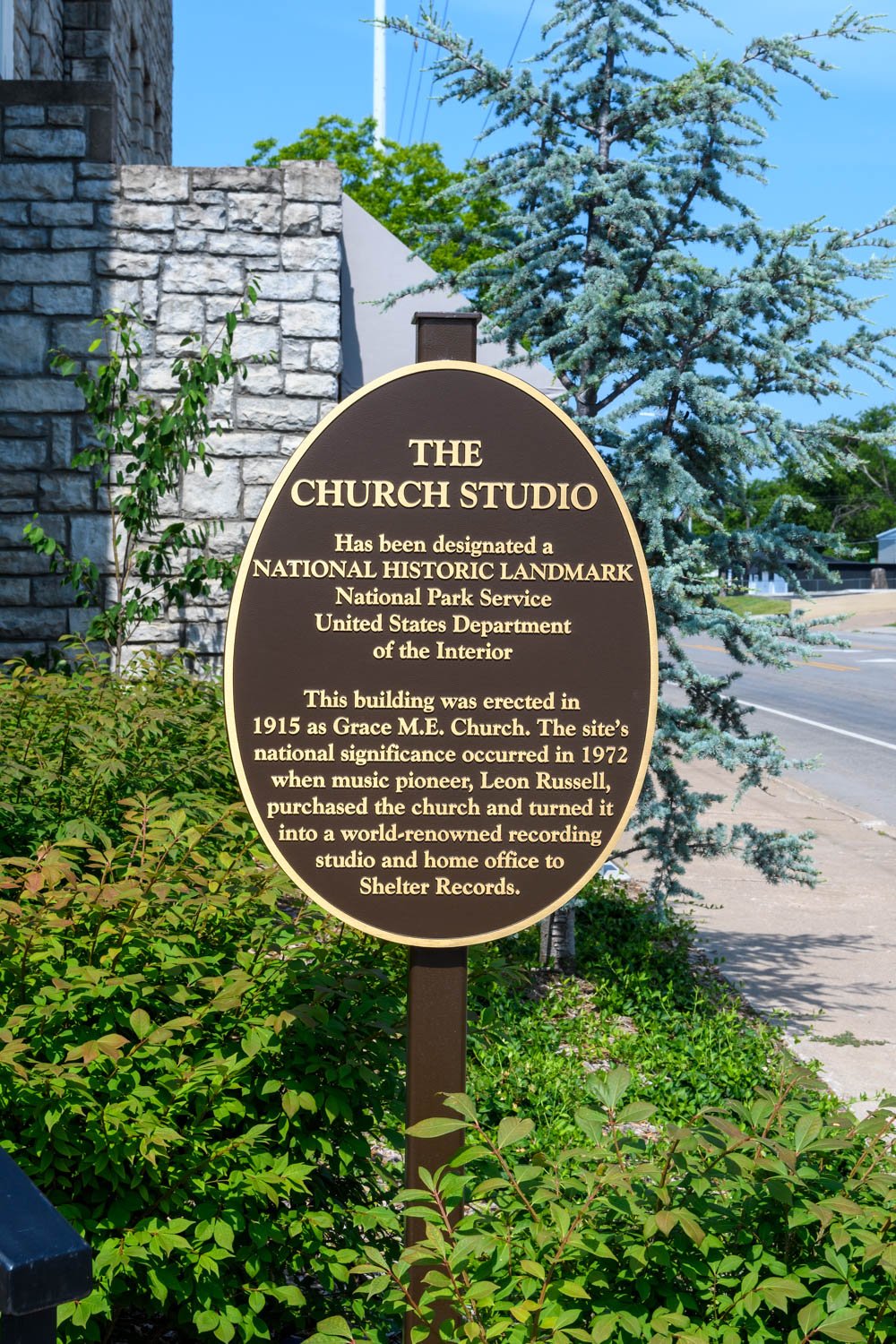







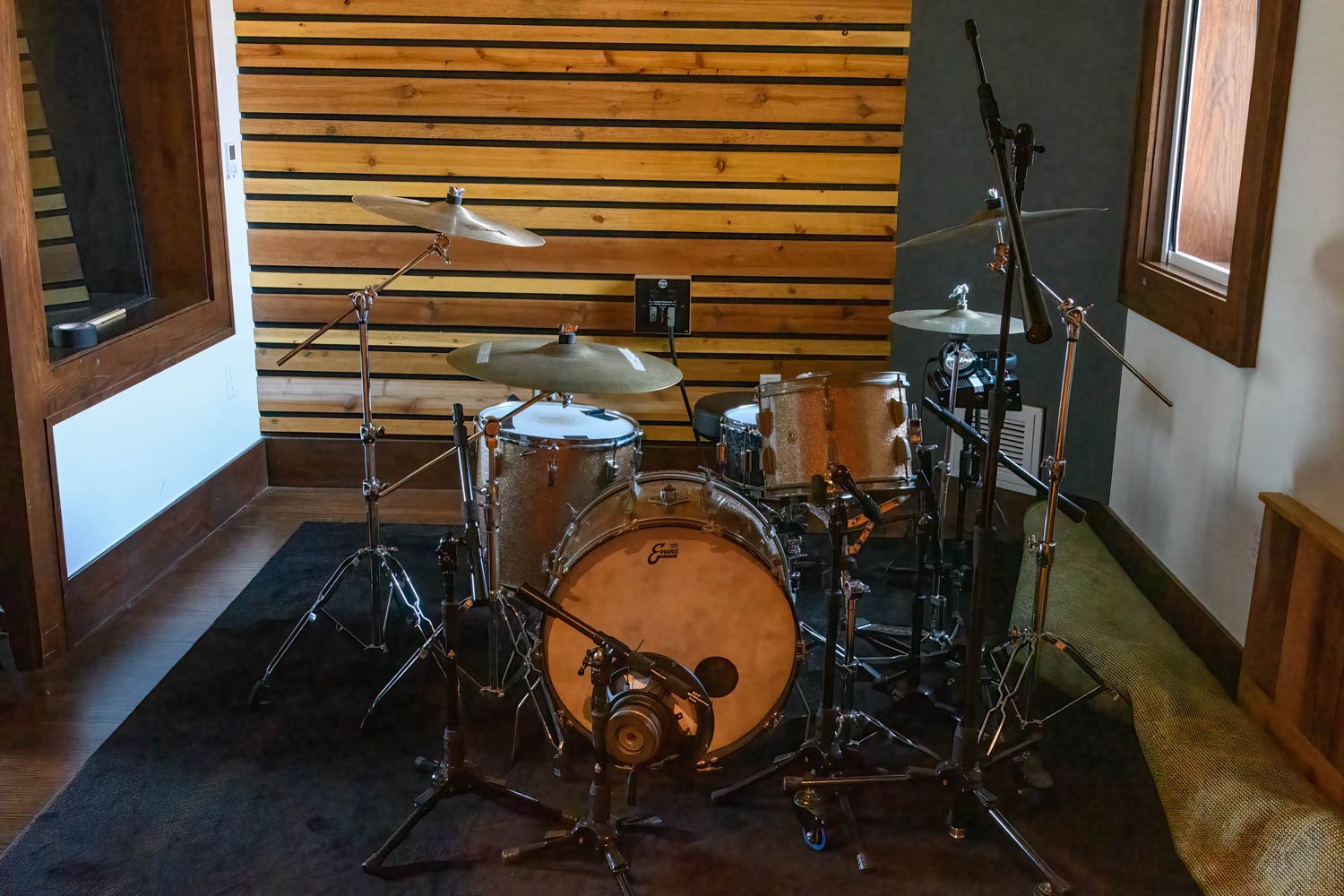
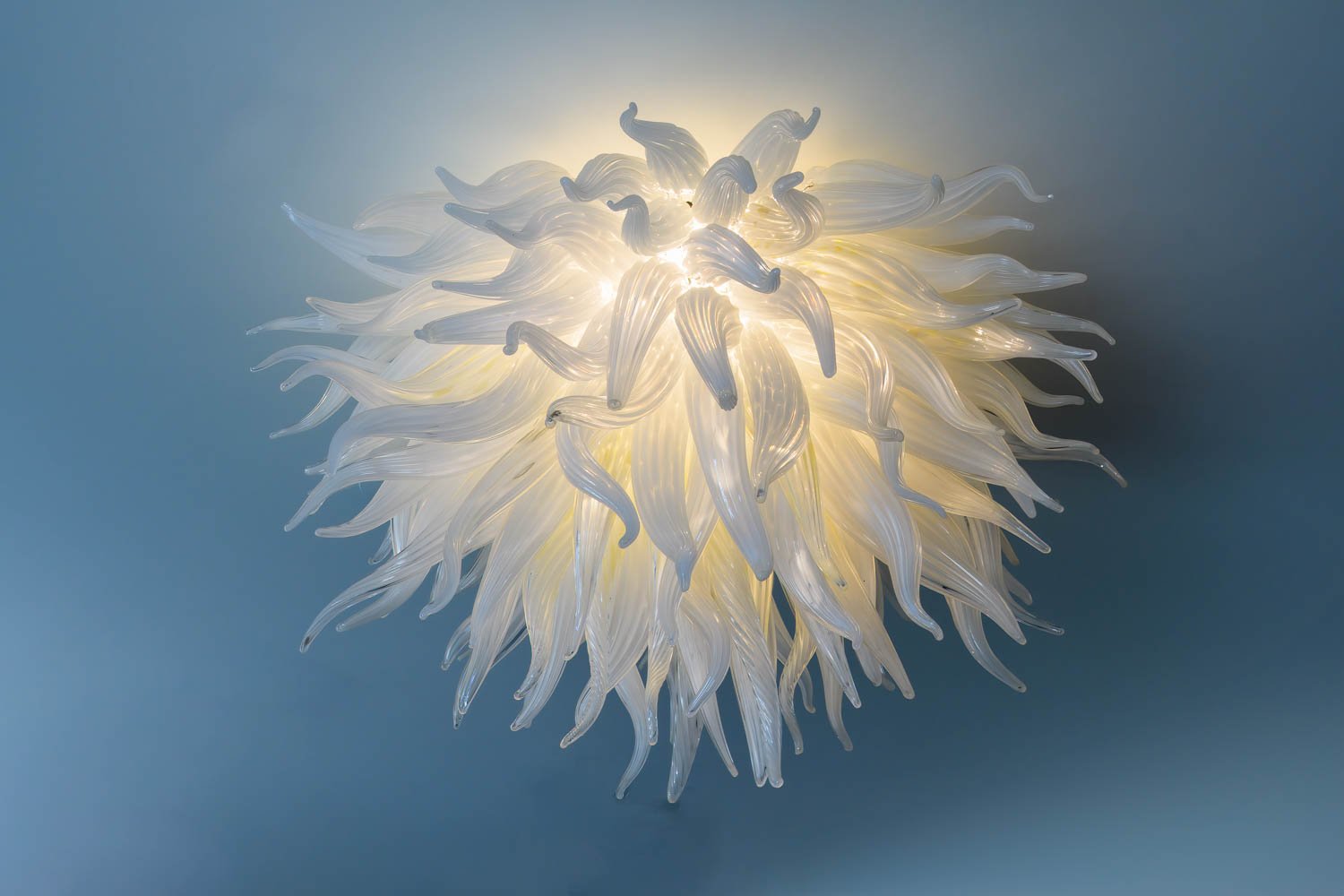
When in Tulsa, Oklahoma be sure you visit this National Historic Landmark. Located at 304 S. Trenton Avenue, The Church Studio was once home to legendary musician Leon Russell. Not only an archive of Leon’s memorabilia, The Church Studio is also a working recording studio that features top-of-the-line analog and digital equipment. The studio was totally renovated and opened in 2022. The tour of the studio is fantastic, and the docents are incredibly knowledgeable. Check them out on their website: https://thechurchstudio.com
Photographing Birds In The Winter
Winter is a magical time for bird enthusiasts. With the trees and shrubs barren, it's easier to spot the colorful feathered creatures that call your yard home. If you're interested in capturing stunning images of these birds, here are some tips for photographing birds in your yard during the winter months.
Equipment
The most important piece of equipment is a camera that is capable of taking clear, sharp images. A digital single-lens reflex (DSLR) camera with a fast lens (f/2.8 or faster) is ideal for bird photography. A fast lens will allow you to take pictures in low light conditions, which is common during the winter months. Additionally, a tripod or beanbag can be useful for keeping your camera steady when taking shots.
Bird Feeders and Houses
Birds are often attracted to bird feeders and houses during the winter months, making them ideal places to take photos. Place your bird feeder and house in an open area with good light and a background that is not distracting. You can also use bird seed, suet, or mealworms to attract birds to your yard.
Patience
Bird photography requires a lot of patience. You may need to wait for birds to come to the feeder or house, or for them to land on a perch. Be prepared to wait, and try to remain as still and quiet as possible so as not to scare the birds away.
Lighting
Good lighting is essential for capturing clear, sharp images of birds. The best time to take photos is in the early morning or late afternoon, when the light is soft and golden. Avoid taking photos in harsh, direct sunlight, as this will create harsh shadows and make the birds look overexposed.
Settings
Set your camera to manual mode to have full control over the exposure and focus. Use a fast shutter speed (1/1000th of a second or faster) to freeze the action of the birds. For more artistic shots, you can use a slower shutter speed to create a sense of movement. Experiment with different aperture settings to get the right balance of depth of field and bokeh.
Focus
Focus on the bird's eyes to create a more engaging image. You can use a single autofocus point or manual focus, depending on the situation. For best results, use a fast lens and fast autofocus system to track the bird's movements and maintain sharp focus.
Background
Pay attention to the background of your images. A busy, distracting background will detract from the beauty of the birds. Look for a background that is out of focus and complementary to the colors of the birds.
In conclusion, winter is a great time for bird photography. With these tips in mind, you can capture stunning images of birds in your yard. Don't be afraid to experiment with different settings and techniques to get the best results. Happy shooting!
Good Morning From The Garden…
I make images everyday. I have told all of the students I have taught to shoot whatever their passion is everyday. Why? Because I love photography, and especially wildlife and nature. So everyday I go out and find something to shoot. Here are just a few images made so far this August 2021 (today is the 4th).
We plant and garden for wildlife. In fact, we are a certified wildlife habitat. We are fortunate to live on a large corner lot with over thirty trees (ash, oak, maple, redbud, elm, and more). All of the trees are large, mature trees. They offer birds and other wildlife a myriad of food sources and shelter. We provide water, food, cover, and nest boxes. Needless to say, we get a lot of birds (72 species to date). We also have squirrels, rabbits, raccoons, opossums, deer, and an occasional coyote.
So, I challenge all of you to explore your space, whether it be your yard or a park. Before you know it, you will be discovering many new subjects and sharpening your photography skills.
— Randy
City Safari
Diana Monkey - Tulsa Zoo
Well, I have not made it to Africa yet, but I do go on safari – in Oklahoma. We have an abundance of wildlife and a diverse ecosystem, second only to Texas and California (they both have coastal regions and large deserts Oklahoma does not have). Add the fantastic zoos and animal parks that are here, and you can find just about any type of wildlife on the planet! Think about that for just a minute…
If you are not already aware of it, we have two of the best zoos in the entire country right here in Oklahoma. That is right – the Oklahoma City Zoo and the Tulsa Zoo and Living Museum, both are great zoos. Add to that list the Oklahoma Aquarium in Jenks, Tiger Safari in Tuttle, and Arbuckle Wilderness near Davis. These are all top-notch locations for a “City Safari!”
The Oklahoma City Zoo just keeps getting better. They recently opened the new elephant habitat and it is spectacular. Even more recently, the zoo announced the birth of the first Asian elephant in the zoo’s history. Since they opened the Great Escape a few years ago, the zoo has added many new exhibits that provide natural settings for the animals. These include the Cat Forest and Lion Overlook, Oklahoma Trails, and a remodeled children’s zoo. There is a lot to do and see, so allow plenty of time.
The Tulsa Zoo has regions or areas of the world exhibiting the flora and fauna of that particular region.. The Robert J. LaFortune North American Living Museum is comprised of four buildings. Each building represents a region of North America and tells about that regions land and wildlife. Recent renovations to the complex have added several new exhibits for guests to enjoy. Other areas include Africa, Asia, Tropical American Rain Forest, and Oceans and Islands.
The Oklahoma Aquarium offers visitors a look at all types of aquatic life from fishes found in Oklahoma, to sharks and everything in between. This unique venue can be mesmerizing – I stood watching the sharks for over an hour (of course I was taking pictures too)! The Oceans Room and Coral Reef exhibit gives you a close-up view of sea creatures you do not normally see. The stingray feed and touch-tank was very popular when I visited the aquarium. The Oklahoma Aquarium is well worth the easy drive to Jenks.
Tiger Safari in Tuttle is a smaller complex, but packs a punch with its selection of big cats and other wildlife. Their collection of big cats includes tiger (including white), jaguar, lion, leopard, cougar, and lynx. This zoo offers a more intimate experience with the animals, and they offer special programs and amenities that include tree house camping, sundowner tours, a safari bed & breakfast and a banquet hall. It is a great place for school field trips or birthday parties.
Arbuckle Wilderness is a 400-acre drive-thru park. This is as close to the African savannah you are going to get without actually going there. Set in the Arbuckle Mountains, most of the animals roam freely in habitats designed to simulate their natural environment. You can drive your own car, or take the safari bus. There are hundreds of animals to see, and it is a fun family safari. Animal food is available, and that is a large part of the fun – especially for the kids. There are plenty of photo opportunities, make sure you take a camera.
Besides these great zoos and animal parks, native wildlife can be seen almost anywhere. As a wildlife photographer, I am always on the lookout for subjects. I have photographed whitetail deer in city parks and around city lakes, red fox at city parks, and cemeteries. Coyotes, while elusive, can be seen in the same types of locations. Opossums, raccoons, and squirrels are common in many suburban neighborhoods. Another jewel in Oklahoma’s outdoor inventory is the Wichita Mountains National Wildlife Refuge near Lawton. There you can see bison, longhorn cattle, deer, elk, and many bird species. It is one of my favorite locations. Keep in mind that all the animals there are wild and can be dangerous. Just keep your eyes and ears open, you never know what you will see – after all a City Safari is a state of mind.
Contact Information:
Arbuckle Wilderness - Route 1 Box 63 Davis, OK 73030 Phone Number: (580) 369-3383Web Site: www.arbucklewilderness.com
Oklahoma Aquarium - 300 Aquarium Drive Jenks, Oklahoma 74037 Phone Number: (918) 296-FISH (3474)Web Site: www.okaquarium.org
Oklahoma City Zoo - 2101 NE 50th St.Oklahoma City, OK 73111 Phone Number: (405) 424-3344Web Site: www.okczoo.com
Oxley Nature eater - 3676 Mohawk Blvd, Tulsa, OK 74115 Phone (918) 596-9054 Website:https://www.oxleynaturecenter.org
Located in Mohawl Park
Tiger Safari - Park Director Bill Meadows 963 County St. 2930 Tuttle, Oklahoma 73089
Phone Number: (405) 381-WILD(9453) Web Site: www.tigersafari.us
Tuksa Zoo - 6421 E 36th St N, Tulsa, OK 74115 Phone (918) 669-6600 Wdb Site: https://tulsazoo.org
Located n Mohawk Park
Wichita Mountains National Wildlife Refuge - 32 Refuge Headquarters Rd, Indiahoma, OK 73552
Phone(580) 429-3222 Web Site: https://www.fws.gov/refuge/Wichita_Mountains/about.html
Tulsa Zoo and Living Museum - 6421 East 36th Street North Tulsa, OK 74115 Phone Number: (918) 669-6600Web Site: www.tulsazoo.org
Wichita Mountains National Wildlife Refuge - For General Information: (580) 429-2197
For Tour Reservations: (580) 429-2151 Web Site: www.fws.gov/southwest/refuges/oklahoma/wichitamountains
Neon Light Project
One of my personal photographic projects is documenting neon signs, Especially working signs. I have over one hundred sign images from around Oklahoma (and a few from other states). These include old classics and new artful creations. I have stumbled across these signs during travel for freelance writing and photography projects. But, if I don't see them, I can't make an image. So, if you have a sign in your area, or know of one somewhere, drop me an email and let me know about it. The old classics are disappearing way too fast! I would appreciate any tips or leads you can give me. Contact me with directions or addresses. Thanks
Neon Light Project
Set Up A Bird Studio In Your Yard
I am frequently asked how I get so close to wild birds to capture such detailed, closeup images. It's simple. I bring the birds close to me in my "bird studio". What’s a bird studio you ask? We have fed birds year around for over thirty years. In that length of time you learn a few things. First, with any type of feeder birds visit, they will invariably land on a perch before hitting the feeder. They want to check out the area to be sure it is safe, and there is food present. However short this pre-landing is, they always do it. So I give them a place to land on or near the feeder. I choose sticks or small limbs that the birds will be able to easily perch on, and that also look good photographically. Providing perches in this way allows me to control the background which is how I get those buttery smooth out of focus backgrounds .
In the photo above I have placed this larger limb vertically in an old Christmas tree stand between two feeding stations. It is really for the woodpeckers and nuthatches, but we have had just about everything use it. I carefully drilled holes in the limb so the holes would not be seen in a photograph. These holes are stuffed with Bluebird nuggets (a suet mixture) which the birds love. For woodpeckers especially, once they find this food source they come often and sit for long periods feasting on the suet. We have Red-bellied, Downy, and Hairy woodpeckers use it. Red and white-bellied Nuthatches use it as do the Yellow-runped warblers, Orange-crowned warblers, and even the Brown Creepers. The point is that you can provide your bird subjects a perfect posing perch.
This is all right outside my window too. I am barely twenty feet from these perches, and with my 400mm or 600mm lenses I get frame filling images. When we had our windows replace we had vertical sliding windows put in. I can simply slide them right or left easily. I do shoot through the glass when it is too cold for an open window. I just have to keep the large panes clean. There are eight different feeders out there to provide a wide range of food to attract various species of birds. We also provide three bird bats or fountains to provide water year around. To date we have had fifty-two different species visit the yard. Next time I will show you how to setup a bird studio, so sign up for my email list and be the first to see how I did it!
